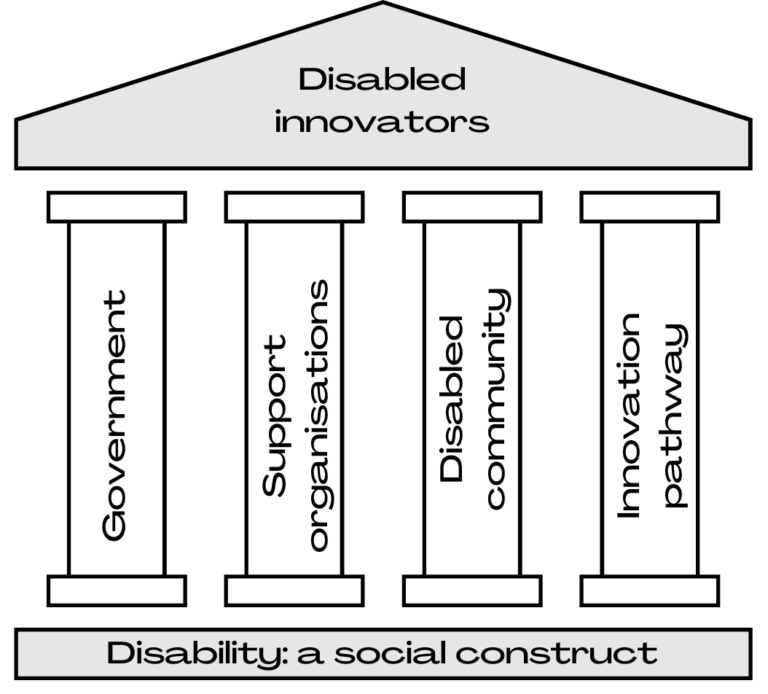It has been about four months since I returned home following my adventures on the other side of the world in Australia and Aotearoa New Zealand. Getting back to life at home wasn’t the easiest, particularly moving back from big open green spaces to urban London. The mix of getting back to work on my social enterprise developing an offer for wheelchair skills and writing up the report for my Fellowship has proven to be a healthy distraction from the dopamine filled experiences I had while away.
Writing this report was an interesting project, both because it is not something I do a lot of with most of my writing being shorter blog posts as opposed to the long form needed for this report, and also that I didn’t know what the final report would look like so really wasn’t sure of the best approach.
All of the interviews for my research were recorded which I thought would be a good idea so not to lose anything useful that was discussed. When I got the recordings transcribed by AI it resulted in more than 1,000 pages of conversation for me to review for the report and in retrospect while I did manage to capture everything from the interviews it may not have been the most efficient approach.
The next step after reviewing all the transcripts was to pick out common themes that were coming through. You will hear from many Churchill Fellows that their final report was not answering the question they were originally seeking and this was exactly what I found. At first I wanted to find a pathway for disabled innovators to develop their ideas and scale them, but as I started interviewing people it became clear that the pathway alone would not be enough and there are changes needed to the ecosystem in which disabled innovators operate.

I developed this model to demonstrate the six core themes that appeared in my research, which while broad are not exhaustive of the full ecosystem that disabled innovators sit in and thus not demonstrative of all changes needed. I have no doubt that a piece of research like this could be turned into a PhD study so I am happy to contain it within the themes that came through in my interviews.
At the top of this model are the disabled innovators who were always going to be the focus of this study. Below them are four pillars of support which are the government, support organisations, the disabled community and the innovation pathway that disabled innovators will use to progress their ideas. Something I felt was vital to discuss was how all of this sits on top of disability. Disability is a word that can vary in use and perhaps meaning coming down to individual preference and understanding, I have used to describe the social structure that defines that way people are treated and their experience with society.
When writing this report, I felt it was important to include a fuller story of disability innovation, similarly to how I have included the social construct of disability I decided to give a strong background around what disability looks like in the UK, models of disability, language around disability, my own story and motivations for starting this work. This report is designed to help people better understand innovation against a backdrop of disability. It did mean that I couldn’t keep to the suggestion of a 30 page limit and ended the report at 111 pages!
Now that the report is complete, I aim to move forwards with the recommendations working with people and organisations in relevant sectors. If you would like to talk more about those you can drop me an email here.
My report “Building innovation through lived experience of disability” is available on the Churchill Fellowship site here.
